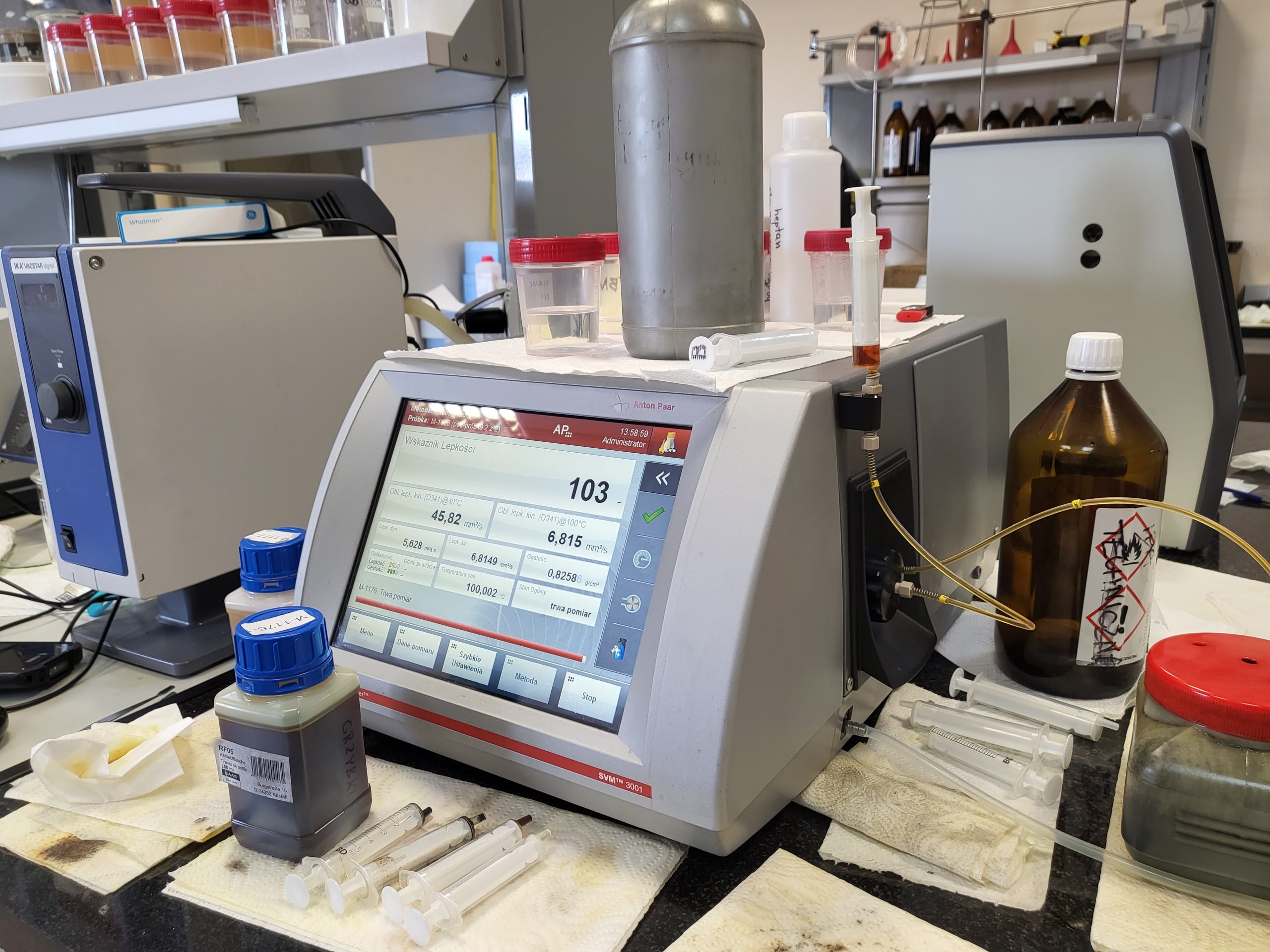
The operation of the Stabinger viscosity meter is based on measuring the time it takes for a liquid to flow through a narrow opening in a special ring. The main component of the viscosity meter is a cylindrical container, called a tube, with a conical bottom attached. In the bottom of the cone is a small hole with a fixed diameter. To make a measurement, the test tube is filled with the liquid under test to a certain level. Then, when the liquid reaches the right temperature, the hole in the bottom of the cone is unblocked and the liquid begins to flow out. The time that elapses from the time the hole is unlocked until the tube is completely emptied is measured and recorded. The longer it takes for the liquid to flow out, the higher the viscosity of the liquid. The result of the measurement is expressed in viscosity units, as preferred.



